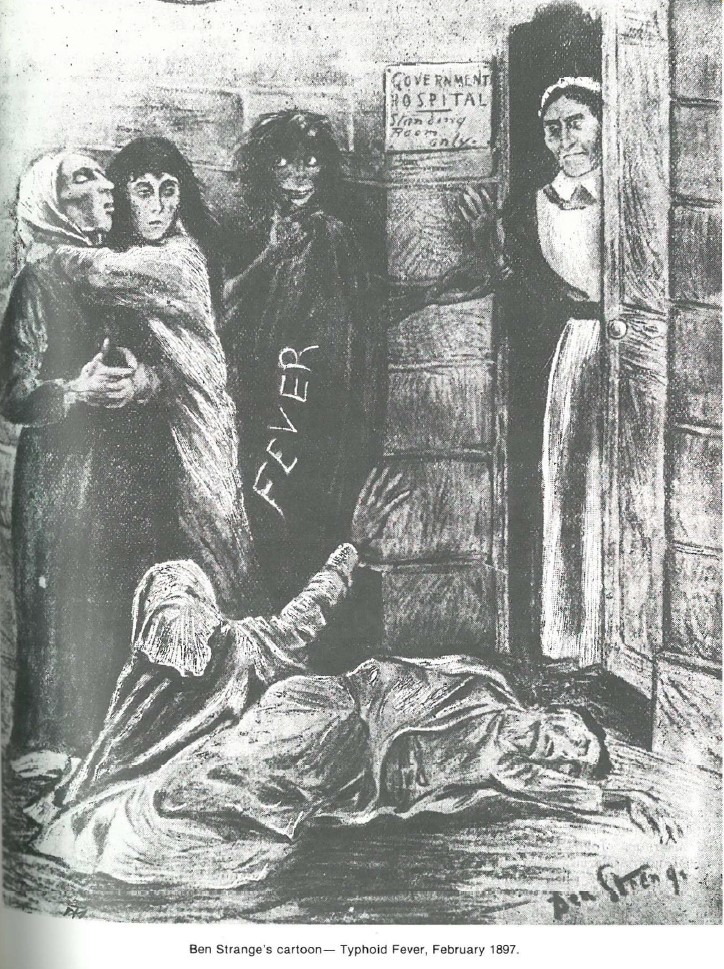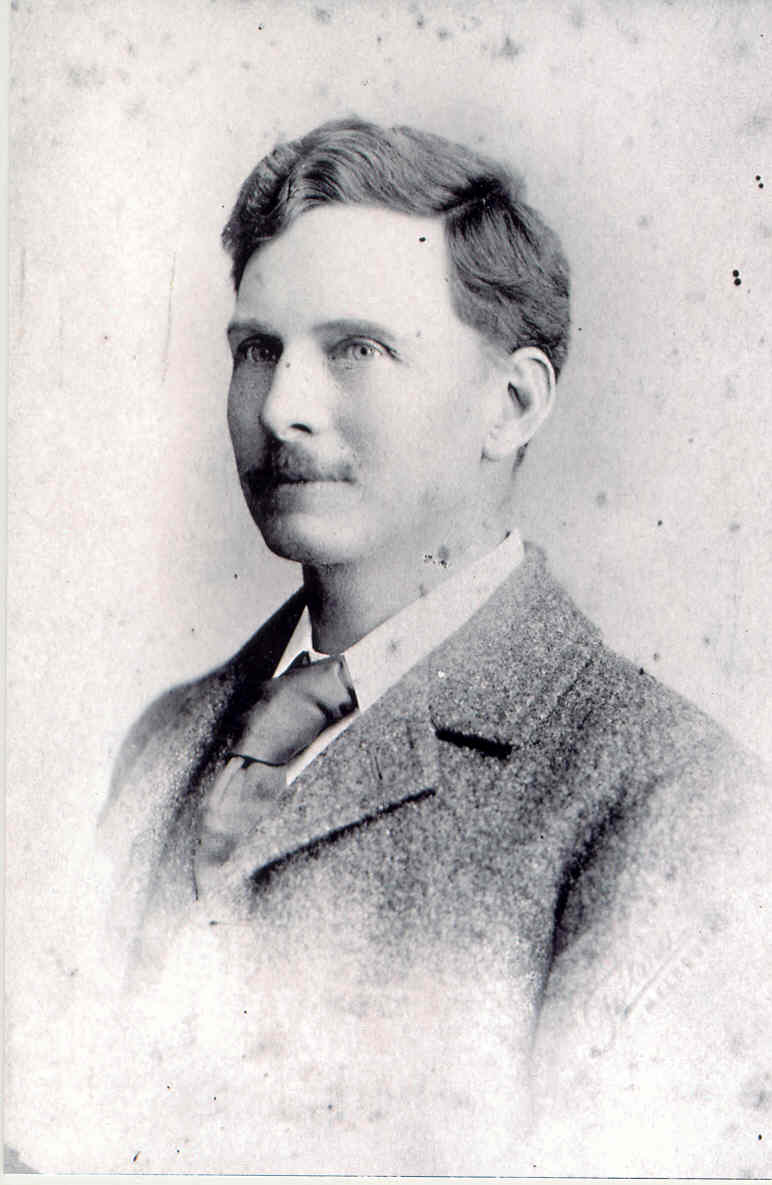Golden Pipeline


A time capsule of water,
gold & Western Australia
A project from the National Trust of WA

A self-guided drive trail between the Perth Hills and Western Australia’s Eastern Goldfields. Go with the Flow. Follow the water to discover more about the audacious goldfields water supply scheme and Engineer CY O’Connor.
“Future generations, I am quite certain will think of us and bless us for our far seeing patriotism, and it will be said of us, as Isaiah said of old, ‘They made a way in the wilderness, and rivers in the desert”
The Scheme Need for the Scheme
Typhoid
Lives on the waterless goldfields were lost not only from thirst alone but also from typhoid.
In the 1890s, typhoid was endemic throughout Australia. It struck at Perth, Western Australia’s capital itself, in established outlying centres such as Northam and at temporary townships on the road to the goldfields such as Woolgangie. But the lack of water on the goldfields led to many more deaths than would otherwise have occurred.
Vera Whittington wrote a fascinating social history of Western Australia from 1891 – 1900 entitled Gold and Typhoid: Two Fevers published in 1988. She estimates close on 16 000 cases of typhoid in Western Australia where there were not enough hospitals and nursing services were not equipped to handle a widespread outbreak. The official death toll was 1879 but other deaths may have gone unreported. This was particularly the case on the goldfields where many who came from the other side of Australia or from over the seas died far from family and alone.

The major gold discoveries were made far from existing transport and public services. The natural dangers of climate, vast distances and precarious water supply compounded the situation. It was a time when the method of how typhoid was spread was not fully understood, nor the connection between sanitation and disease. The goldfields subsequently had proportionately a much higher rate of death by typhoid than other areas in Western Australia.
As Vera Whittington writes, digging for gold often ended in digging a grave:
In the mining camps, particularly, where water shortage led to the use of any supplies regardless of source or quality, its [typhoid’s] cost was measured not only in terms of pounds, shillings and pence but in lives.
One of the popular theories at the time was the ‘infected-air’ theory and the Western Mail carried a paper by a Perth doctor in April 1895 that supported this. Since Coolgardie was a ‘waterless desert’ and most people drank condensed water, typhoid could not be spread through an infected water supply, he argued. Only by wearing a cotton-wool respirator could the real danger be avoided and given the climate this was out of the question he conceded. He also discredited the popular whisky with water as protection belief.
Dr Hill, acting health officer at Coolgardie, challenged the safety of Coolgardie water. Explaining that residents took every opportunity to get water for free, given the high cost of water in Coolgardie, he made a connection between water pollution owing to lack of sanitation.
Round every little clump of scrub in the hills, you may see a collection of faecal deposits, and the drainage from this is collected by residents lower down. The prevalence of fever, and the disastrous results to the community were not sufficient to deter people from drinking this unappetising beverage … partly … due to the fact that an idea was encouraged by the medical men first on the fields that the epidemic was some peculiar local disease altogether unconnected with the quality of the water supply. 1895 Commonwealth of Australia Department of Health Service Publication quoted by Vera Whittington
The so-called ‘cold-bath cure’ became the most favoured treatment for typhoid. This involved a four-hourly immersion on a stretcher in a bath of water – impossible in the makeshift tent hospitals on the waterless Eastern Goldfields.
Dr William’s Pink Pills for Pale People, advertised as a cure, were nothing more than a way of taking money from desperate victims.
Thousands and thousands of men were willing to risk typhoid for the chance to make a fortune. But, they were not willing to risk the lives of their families. Many prospectors left their wives and children in the eastern states – sending back money and gold to support them. It was a situation that concerned the WA government. Engineer William de Mole sent money back to his wife in Melbourne to support their children and letters to them are still held by his family. In the first he talks of the cost of living on the ‘fields as well as the fear of typhoid. In the second the cost of living on the goldfields is still a concern and he fears residents will have to pay for the water supply scheme:
Kintore Gold Mines
25 Mile, Coolgardie
Friday, 22nd May 1896.
My Dearest old Chappie,
I have just recd your letter of May 12th in which you tell me of our dear Winnie having to have two of her teeth stopped ‑ poor dear little girl, I’m sympathizing with her past troubles, no doubt she is enjoying the benefits of the skill of the dentist now, and has only the memory of the pain.
…. there would be water to buy at 4d. a gal. Where would £600 a year go in this place!
I hear that poor old Fearby’s daughter (22) is dangerously ill with typhoid, and I should be in a fever of anxiety, if of nothing else, were you all here ‑ with dread of its attacking our dear children…
Give my fondest love to the dear chicks one and all

Maritana Chambers
26th October, 1902
My Dearest,
Another long year is drawing to its close, and seems to bring us no nearer to our desire of being united as a family, such was my reflection as I penned the above date ‑ what a difficult position it is to be sure!
… It’s clear that prices will be high here for quite a long time, the Government is talking of making the Goldfields pay for the water scheme by bumping up railway freights, well the interest on the water scheme construction loans is about £175,000 per annum, or nearly £500/‑/‑ a day!! the working costs will be very heavy it’s going to cost about £l,000/‑/‑ a day one way or another, and of course the little 30,000 or 50,000 population can’t possibly pay much toward it, it will work out to about a pound a week for every wage earner and in addition to that there are of course all the heavy taxes of Government.
The letters are dated more than seven years apart. Tragically and somewhat ironically, Winnie referred to in the firs letter, died after great sufferings from a combination of Tuberculosis and Enteric Fever (i.e. Typhoid) in March 190 In Victoria. After this tragic loss, the family were determined to be no longer separated de Mole’s wife and children moved to Kalgoorlie where his two sons attended classes at the Kalgoorlie School of Mines.
The fever wards at the Govt. hospital are simply full and about three deaths a day is the average of the town. … I think I told you of a young man coming to the Kintore very ill, he is dead — about three of the barmaids that have been at this hotel are dead of it, a young cyclist that I knew, Thistleton by name is dead and it’s simply life on a battlefield not a goldfield.
.. but the worst of the prevailing scarcity of water is that I dread drinking it, have told Lance on no account to drink it but to always take tea or cocoa, but I simply long for a drink of good clear cool spring water, and sick of tea and all sorts of cooked water, but dare not drink it raw. William de Mole 1896
It was pathetic to see some of the young men, their first time away from home, lying unconscious in the hospital, dying; and no one knowing who they were, or where they came from. There is today many a lonely grave in Coolgardie Cemetery without name or mark of recognition.
The most tragic case I know of happened in ‘95. Four young men were working a reef about 50 miles south of Coolgardie when one of them went down with the fever.
There was no chance of getting a doctor and the only hope of getting him away was to carry him. So they made a rough stretcher and two men carried him, a third man bringing food and water for the whole trip. After travelling three days over very rough country they arrived at Coolgardie Hospital, but after all their trouble the poor fellow died. Albert Gaston 1894
While the effect of typhoid on the white population has been well recorded the possibly greater effect on the Aboriginal population is less well known.
Explore
Click on any map section or place below to discover The Golden Pipeline.
Northam to Cunderdin
Explore section two


